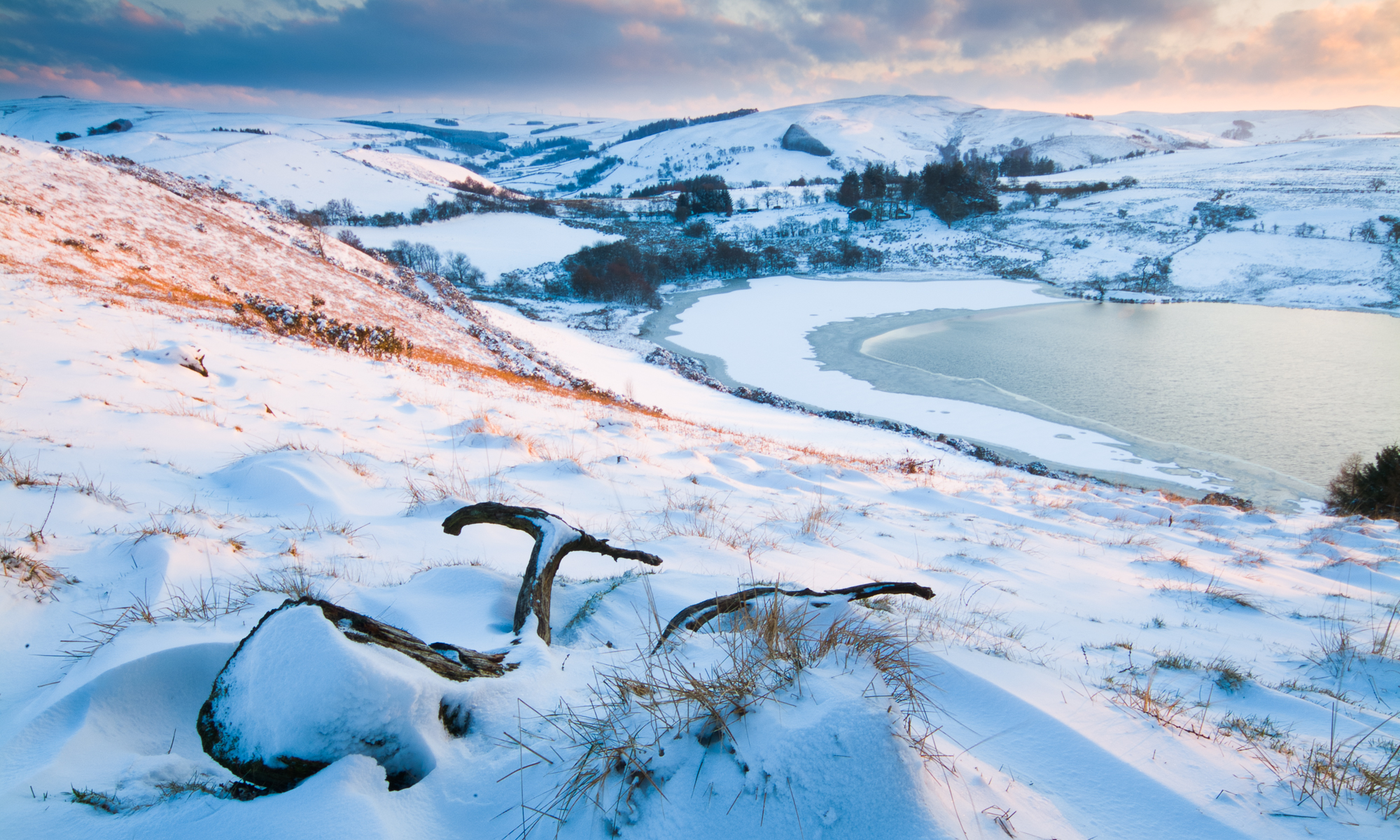I can’t help thinking that with the nationalisation of the railways began a bizarre experiment to cure this mode of transport of any shred of the excitement or romance it may once have had. On a winter’s night many years ago, sat in a stuffy, overheated carriage with just my reflection for company, the “golden age of rail” seemed a world away; consigned to the pages of novels, if indeed it ever existed at all.
There were very few people on the train that night and, as we left the station, I was surprised to find that I still had the carriage to myself. The fluorescent lights were flickering disconcertingly and I gave up trying to read. I soon found myself staring into the blackness, watching the edge of the track rushing past in the light from the carriage windows.
Needless to say, the journey was passing quite slowly, when the lights suddenly gave up altogether and I was pitched into darkness.
Except that it wasn’t darkness. In front of me, visible for the first time, lay miles of English countryside—a land of misted brooks, twinkling villages and cold, moonlit spires; of fields, woods and twisting lanes, hedges pale with hoarfrost.
It was hard not to feel a sense of loss: a feeling that somewhere in all of our technological progress, a part of our collective spirit seemed to have gone; some of our innocence lost. We are a nation of story-tellers, yet we now travel hundreds of miles across the countryside with no tales to tell, and it takes a circuit breaker to trip in our manufactured world before we experience what lies beyond the darkness at the end of the platform.
The legends and superstitions of earlier centuries were the products of a society less enlightened in all ways, yet in the moonlight it was easy to see where these tales could have sprung from, told around flickering firesides and similar in some ways to experiences I would have later—coming down from Moel-y-Golfa on a scented summer night, the woods rustling with badgers; or on the Old Kenmare Road in western Ireland, sure to have had its share of… ghosts.
A flickering light at the other end of the carriage: the guard, fiddling with some control panel on the wall. He never got the lights to come back on, and I was glad of my escape from the manufactured world.

